Scraping public data from websites is a great way to collect large amounts of emails and use them for research, lead generation, or product promotion. That said, scraping Facebook is not as straightforward due to its strict anti-scraping policy.
To help you scrape emails from Facebook ethically and responsibly, we consulted our team of sales experts and outlined four possible data collection methods.
In this guide, you’ll learn:
- Which method is most effective
- What to consider when scraping
- How to scrape easily using our tool recommendation
Is Scraping Emails From Facebook Legal?

While scraping publicly available data, including emails, is generally legal, certain data protection regulations prohibit the unlawful processing of personally identifiable information (PII). These data points may include:
- Name
- Gender
- Address
- Phone number
While different jurisdictions have various regulations governing the collection and use of PII, the two most notable ones are:
These regulations prohibit PII collection, use, and storage without the owner’s explicit consent or a lawful reason. So, scraping emails of California or EU citizens could be illegal and result in legal action. 🧑⚖️
In addition, when signing up for Facebook, we agree to the Terms of Service, and as a form of valid legal agreement, violating these conditions may result in a lawsuit.
Facebook’s Policy on Email Scraping
Facebook’s Terms of Service prohibit automated scraping without explicit permission or lawful reason. To ensure compliance, the platform implements measures outlined in the table below:
🚨 Note: While there are ways to circumvent these restrictions, at the end of the day, it is up to you to decide whether to respect them or not. If you choose to ignore them, Facebook can take legal action against you.
How To Scrape Emails From Facebook—Four Tested Methods

Once you have contacted Facebook support and gotten permission to scrape public emails for a lawful reason, you can choose between three scraping methods:
- Asking
- Collecting data manually
- Using Facebook’s Graph API
- Using a web scraper
Ask Users for Emails
The most ethical and straightforward approach to getting emails from Facebook is to ask users to provide them voluntarily. You can ask them by:
- 📤 Sending direct requests—Post a message in a Facebook group or send a direct message to your targets explaining why you need their emails and what’s in it for them. If they like your reasons, they may provide you with their address
- 📢 Posting an ad—Design a Facebook ad with a link to a landing page that asks visitors for their email. The page should be optimized through engaging visuals, strong CTAs, and a clear value proposition to increase the likelihood of providing emails
- ❓ Setting up membership questions—Create a relevant Facebook group and set up questions for all new members, one of which could be listing their email address
These methods allow you to zero in on the people you want to reach and access their emails ethically. Because users provide the emails willingly, they’ll also be more receptive to your emails and less likely to label you as spam.
A potential drawback to consider is scalability and efficiency—collecting emails this way takes a lot of time, effort, and resources.
Collect Manually
To ensure you’re only scraping publicly available information, open the profiles you want to scrape without logging in. Next, open the About section and copy-paste the email—provided the person displayed it on their profile.
It’s a pretty straightforward process but completely ineffective when applied to large-scale projects that involve hundreds or thousands of profiles. 🚧
It’s worth noting that the platform’s restrictions on scraping only refer to scraping through automated means. Still, that doesn’t necessarily mean manual scraping is allowed as it can violate data protection laws if done unethically.
💡 Bonus read: Check out popular Facebook scrapers and learn how to scrape Facebook groups.
Use Facebook’s Graph API
If you can code, Facebook’s Graph API can give you access to specific public datasets like:
- About page content
- Groups content
- Posts
- Comments
- Likes and follows
Using it to scrape private data requires explicit permission from the owner, which can be a challenge if the user isn’t responsive or doesn’t want to give you access.
While using Graph API is safer than meddling with other methods as it complies with the terms of use and legal requirements, it carries drawbacks like rate restrictions and low quotas. 📉
Use a Web Scraper
A web scraper is a specialized tool designed to access web pages, retrieve the necessary data, and present it in a structured format for further use. A Facebook scraper can crawl through Facebook profiles, groups, and pages, collecting email addresses in bulk and reducing the effort and time needed to create email lists. ⏳
There are three main types of web scrapers:
- 💻 API scrapers—API keys you can integrate for scraping different websites
- ⚙️ Ready-made tools—Pre-made tools that are ready to use for scraping tasks
- 👝 Toolkits—Sets of tools to build web scrapers without having to write code
Each type can collect the data you need, so your choice should be based on your needs and preferences. For example, if you can’t code, go for no-code web scrapers to extract data without programming.
The best web scrapers usually offer various ways to scrape websites and have features that can streamline the process, such as scheduling capabilities.
💡 Bonus read: Check out this guide on scraping emails from Instagram
What Is the Best Way To Scrape Emails from Facebook?
From the results perspective, the most viable and effective method is using a scraping tool as other methods have limitations that affect the fruitfulness of your scraping project:
- Directly asking for emails may be too slow
- Manual scraping is too impractical for numerous pages
- The official API is too restrictive
Still, considering Facebook’s stance on automated scraping, your best choice is a tool that isn’t limited to scraping and offers more than one way of gathering information. That way, you can get emails from the platform’s native integrations and datasets—while scraping can be a useful addition to your research.
For a stellar tool recommendation, check out Clay. This data enrichment platform lets you find hundreds of emails in mere minutes—and collect virtually any type of public data without breaking a sweat. ⭐
How Clay Helps You Scrape Facebook Emails

As an incredibly comprehensive sales automation and data enrichment platform, Clay offers various ways to collect emails—or any other data point—on a large scale. You will appreciate Clay’s:
- Native Facebook integration
- Email Finder tool
- Scraping Chrome extension
- AI web scraper
Facebook is one of Clay’s 100+ integrations that lets you collect data points on people and companies without any manual work. All you have to do is provide a company domain or a person’s Facebook page URL, and Clay will supply you with information like:
- Name
- Description
- Likes
- Follows
- Check-ins
If the results don’t contain public emails—you’ll find Clay’s Email Finder tool especially useful. It utilizes advanced algorithms, web scraping techniques, and large databases to find verified email addresses based on criteria like names, job titles, or company domains.
.avif)
If you’re still up for a scraping task, Clay has an easy-to-use Chrome extension that you can set up and use to extract data from any web page as you browse. It takes four quick steps:
- Install the extension
- Visit the page you want to scrape
- Run the extension
- Save data to your Clay table
If you want a hands-off way to scrape emails, use Claygent, an AI web scraper. It works on the basis of simple prompts. All you need to do is tell Claygent what you need, and it’ll visit any website, extract the information, and deliver it in a structured format.

Other Ways Clay Supports Your Workflows
Clay’s robust scraping and data enrichment features don’t end there—Clay has access to dozens of data providers, essentially giving you unlimited data. 📈
The tool uses waterfall enrichment to search the databases for specific information. Using it is simple—you select the data providers, and Clay searches them sequentially until it finds a match.
You can also take advantage of any of these providers to perform specific actions, such as:
- ✔️ Find Work Email—Find a person's email address from their name
- ✔️ Find Personal Email—Find a personal email via a Social Media URL
- ✔️ Find Emails by Company—Find any public email addresses from a domain
If you’re running an outreach campaign, you can use Clay’s AI email builder to create hyper-personalized emails for every potential lead. When the emails are ready, you can easily push them to your email sequencer. 🔗
All of these advanced features are tucked in a clean layout and intuitive interface. See what a user had to say about it:

Clay’s Accessible and Flexible Pricing
Clay offers a free forever plan to let you get a feel for the platform and a 14-day free Pro plan trial to let you test all of its features. Once you fall in love with the tools, you can opt for one of the four paid plans listed in the table below:
The best part? All plans, including the free forever plan, come with unlimited users. 💪
Create a Clay Account
Create your Clay account in three simple steps:
- Open the signup page 👈
- Provide your personal information
- Explore the platform
If you want to learn more about Clay, visit Clay University for product walkthroughs, join the Slack community to see how others are leveraging Clay, and sign up for the newsletter to stay in the loop about the latest news.
💡 Keep reading: Check out these articles to learn more about scraping social media platforms like:
Scraping public data from websites is a great way to collect large amounts of emails and use them for research, lead generation, or product promotion. That said, scraping Facebook is not as straightforward due to its strict anti-scraping policy.
To help you scrape emails from Facebook ethically and responsibly, we consulted our team of sales experts and outlined four possible data collection methods.
In this guide, you’ll learn:
- Which method is most effective
- What to consider when scraping
- How to scrape easily using our tool recommendation
Is Scraping Emails From Facebook Legal?

While scraping publicly available data, including emails, is generally legal, certain data protection regulations prohibit the unlawful processing of personally identifiable information (PII). These data points may include:
- Name
- Gender
- Address
- Phone number
While different jurisdictions have various regulations governing the collection and use of PII, the two most notable ones are:
These regulations prohibit PII collection, use, and storage without the owner’s explicit consent or a lawful reason. So, scraping emails of California or EU citizens could be illegal and result in legal action. 🧑⚖️
In addition, when signing up for Facebook, we agree to the Terms of Service, and as a form of valid legal agreement, violating these conditions may result in a lawsuit.
Facebook’s Policy on Email Scraping
Facebook’s Terms of Service prohibit automated scraping without explicit permission or lawful reason. To ensure compliance, the platform implements measures outlined in the table below:
🚨 Note: While there are ways to circumvent these restrictions, at the end of the day, it is up to you to decide whether to respect them or not. If you choose to ignore them, Facebook can take legal action against you.
How To Scrape Emails From Facebook—Four Tested Methods

Once you have contacted Facebook support and gotten permission to scrape public emails for a lawful reason, you can choose between three scraping methods:
- Asking
- Collecting data manually
- Using Facebook’s Graph API
- Using a web scraper
Ask Users for Emails
The most ethical and straightforward approach to getting emails from Facebook is to ask users to provide them voluntarily. You can ask them by:
- 📤 Sending direct requests—Post a message in a Facebook group or send a direct message to your targets explaining why you need their emails and what’s in it for them. If they like your reasons, they may provide you with their address
- 📢 Posting an ad—Design a Facebook ad with a link to a landing page that asks visitors for their email. The page should be optimized through engaging visuals, strong CTAs, and a clear value proposition to increase the likelihood of providing emails
- ❓ Setting up membership questions—Create a relevant Facebook group and set up questions for all new members, one of which could be listing their email address
These methods allow you to zero in on the people you want to reach and access their emails ethically. Because users provide the emails willingly, they’ll also be more receptive to your emails and less likely to label you as spam.
A potential drawback to consider is scalability and efficiency—collecting emails this way takes a lot of time, effort, and resources.
Collect Manually
To ensure you’re only scraping publicly available information, open the profiles you want to scrape without logging in. Next, open the About section and copy-paste the email—provided the person displayed it on their profile.
It’s a pretty straightforward process but completely ineffective when applied to large-scale projects that involve hundreds or thousands of profiles. 🚧
It’s worth noting that the platform’s restrictions on scraping only refer to scraping through automated means. Still, that doesn’t necessarily mean manual scraping is allowed as it can violate data protection laws if done unethically.
💡 Bonus read: Check out popular Facebook scrapers and learn how to scrape Facebook groups.
Use Facebook’s Graph API
If you can code, Facebook’s Graph API can give you access to specific public datasets like:
- About page content
- Groups content
- Posts
- Comments
- Likes and follows
Using it to scrape private data requires explicit permission from the owner, which can be a challenge if the user isn’t responsive or doesn’t want to give you access.
While using Graph API is safer than meddling with other methods as it complies with the terms of use and legal requirements, it carries drawbacks like rate restrictions and low quotas. 📉
Use a Web Scraper
A web scraper is a specialized tool designed to access web pages, retrieve the necessary data, and present it in a structured format for further use. A Facebook scraper can crawl through Facebook profiles, groups, and pages, collecting email addresses in bulk and reducing the effort and time needed to create email lists. ⏳
There are three main types of web scrapers:
- 💻 API scrapers—API keys you can integrate for scraping different websites
- ⚙️ Ready-made tools—Pre-made tools that are ready to use for scraping tasks
- 👝 Toolkits—Sets of tools to build web scrapers without having to write code
Each type can collect the data you need, so your choice should be based on your needs and preferences. For example, if you can’t code, go for no-code web scrapers to extract data without programming.
The best web scrapers usually offer various ways to scrape websites and have features that can streamline the process, such as scheduling capabilities.
💡 Bonus read: Check out this guide on scraping emails from Instagram
What Is the Best Way To Scrape Emails from Facebook?
From the results perspective, the most viable and effective method is using a scraping tool as other methods have limitations that affect the fruitfulness of your scraping project:
- Directly asking for emails may be too slow
- Manual scraping is too impractical for numerous pages
- The official API is too restrictive
Still, considering Facebook’s stance on automated scraping, your best choice is a tool that isn’t limited to scraping and offers more than one way of gathering information. That way, you can get emails from the platform’s native integrations and datasets—while scraping can be a useful addition to your research.
For a stellar tool recommendation, check out Clay. This data enrichment platform lets you find hundreds of emails in mere minutes—and collect virtually any type of public data without breaking a sweat. ⭐
How Clay Helps You Scrape Facebook Emails

As an incredibly comprehensive sales automation and data enrichment platform, Clay offers various ways to collect emails—or any other data point—on a large scale. You will appreciate Clay’s:
- Native Facebook integration
- Email Finder tool
- Scraping Chrome extension
- AI web scraper
Facebook is one of Clay’s 100+ integrations that lets you collect data points on people and companies without any manual work. All you have to do is provide a company domain or a person’s Facebook page URL, and Clay will supply you with information like:
- Name
- Description
- Likes
- Follows
- Check-ins
If the results don’t contain public emails—you’ll find Clay’s Email Finder tool especially useful. It utilizes advanced algorithms, web scraping techniques, and large databases to find verified email addresses based on criteria like names, job titles, or company domains.
.avif)
If you’re still up for a scraping task, Clay has an easy-to-use Chrome extension that you can set up and use to extract data from any web page as you browse. It takes four quick steps:
- Install the extension
- Visit the page you want to scrape
- Run the extension
- Save data to your Clay table
If you want a hands-off way to scrape emails, use Claygent, an AI web scraper. It works on the basis of simple prompts. All you need to do is tell Claygent what you need, and it’ll visit any website, extract the information, and deliver it in a structured format.

Other Ways Clay Supports Your Workflows
Clay’s robust scraping and data enrichment features don’t end there—Clay has access to dozens of data providers, essentially giving you unlimited data. 📈
The tool uses waterfall enrichment to search the databases for specific information. Using it is simple—you select the data providers, and Clay searches them sequentially until it finds a match.
You can also take advantage of any of these providers to perform specific actions, such as:
- ✔️ Find Work Email—Find a person's email address from their name
- ✔️ Find Personal Email—Find a personal email via a Social Media URL
- ✔️ Find Emails by Company—Find any public email addresses from a domain
If you’re running an outreach campaign, you can use Clay’s AI email builder to create hyper-personalized emails for every potential lead. When the emails are ready, you can easily push them to your email sequencer. 🔗
All of these advanced features are tucked in a clean layout and intuitive interface. See what a user had to say about it:

Clay’s Accessible and Flexible Pricing
Clay offers a free forever plan to let you get a feel for the platform and a 14-day free Pro plan trial to let you test all of its features. Once you fall in love with the tools, you can opt for one of the four paid plans listed in the table below:
The best part? All plans, including the free forever plan, come with unlimited users. 💪
Create a Clay Account
Create your Clay account in three simple steps:
- Open the signup page 👈
- Provide your personal information
- Explore the platform
If you want to learn more about Clay, visit Clay University for product walkthroughs, join the Slack community to see how others are leveraging Clay, and sign up for the newsletter to stay in the loop about the latest news.
💡 Keep reading: Check out these articles to learn more about scraping social media platforms like:






















.jpg)
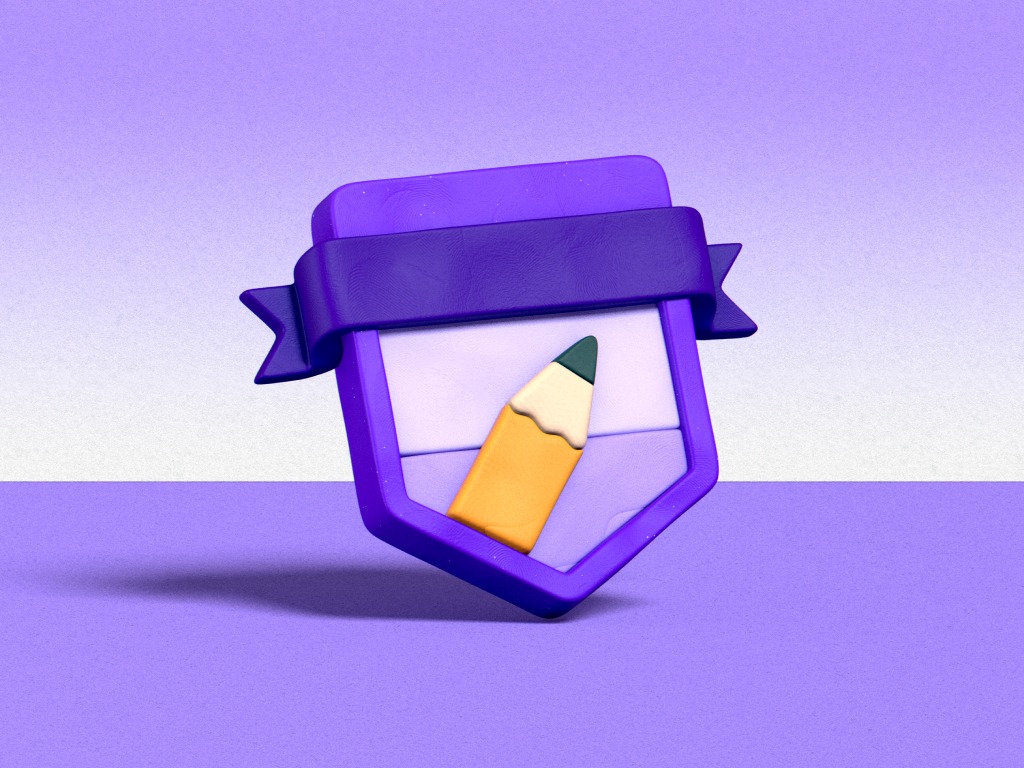

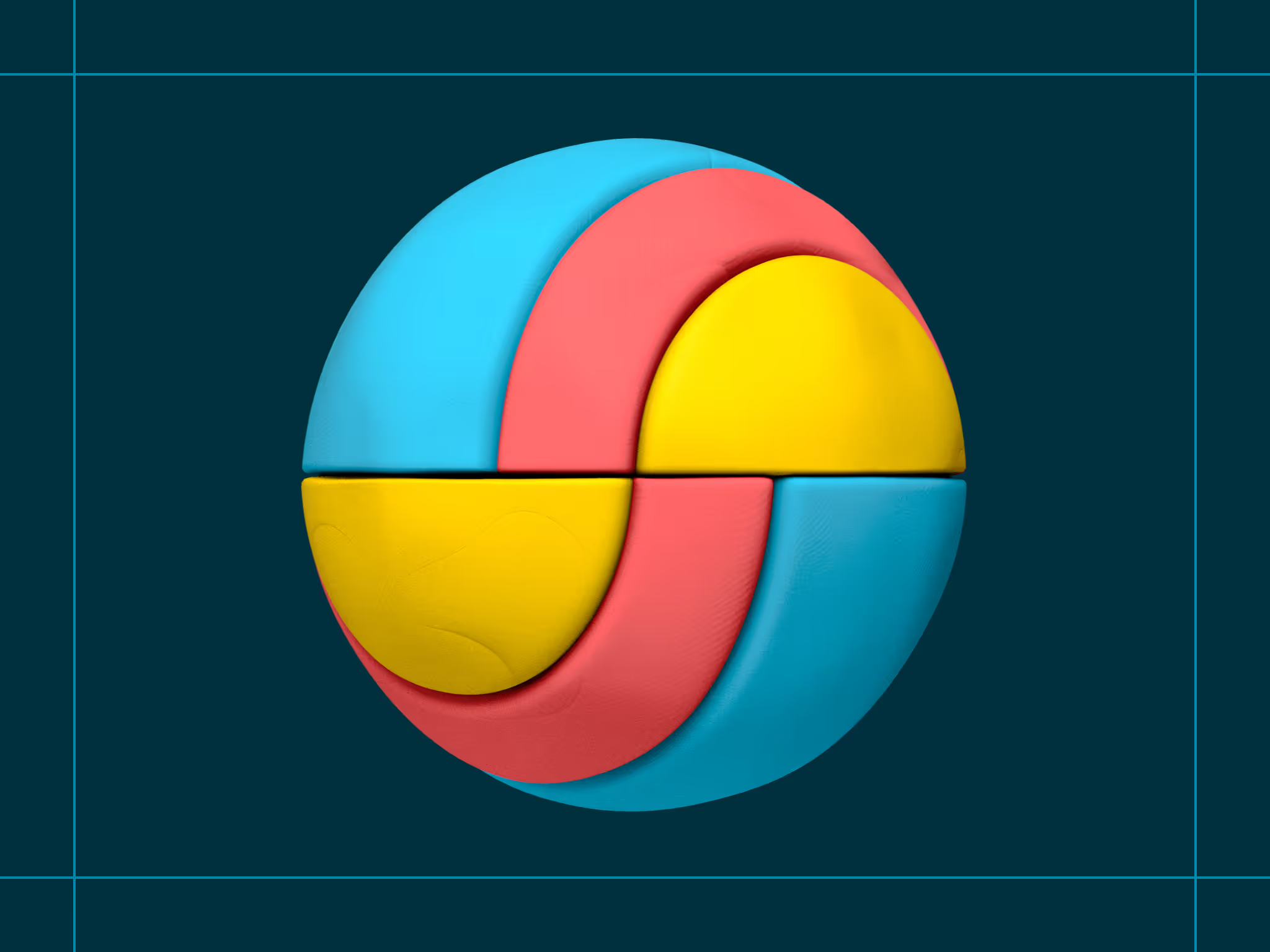
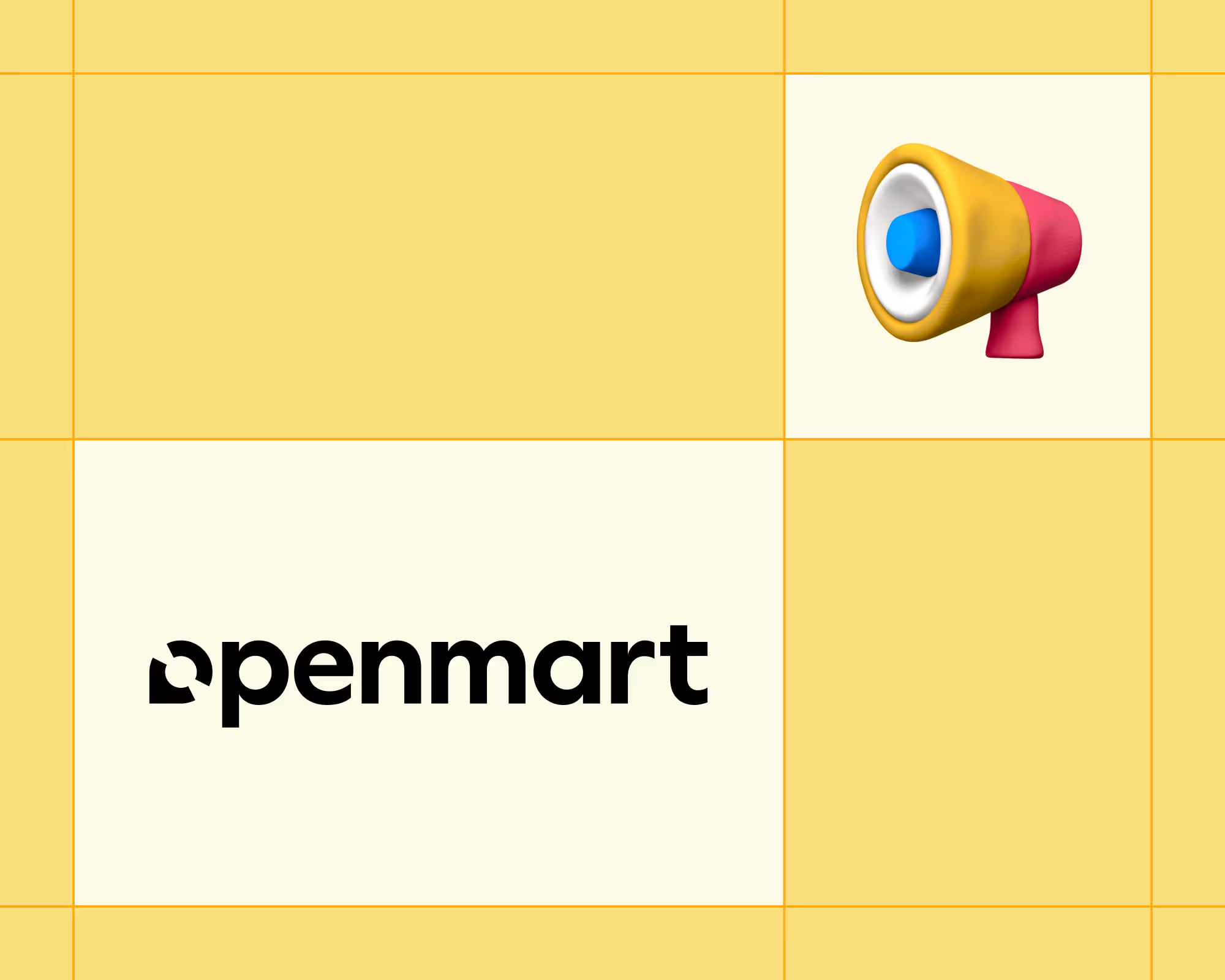
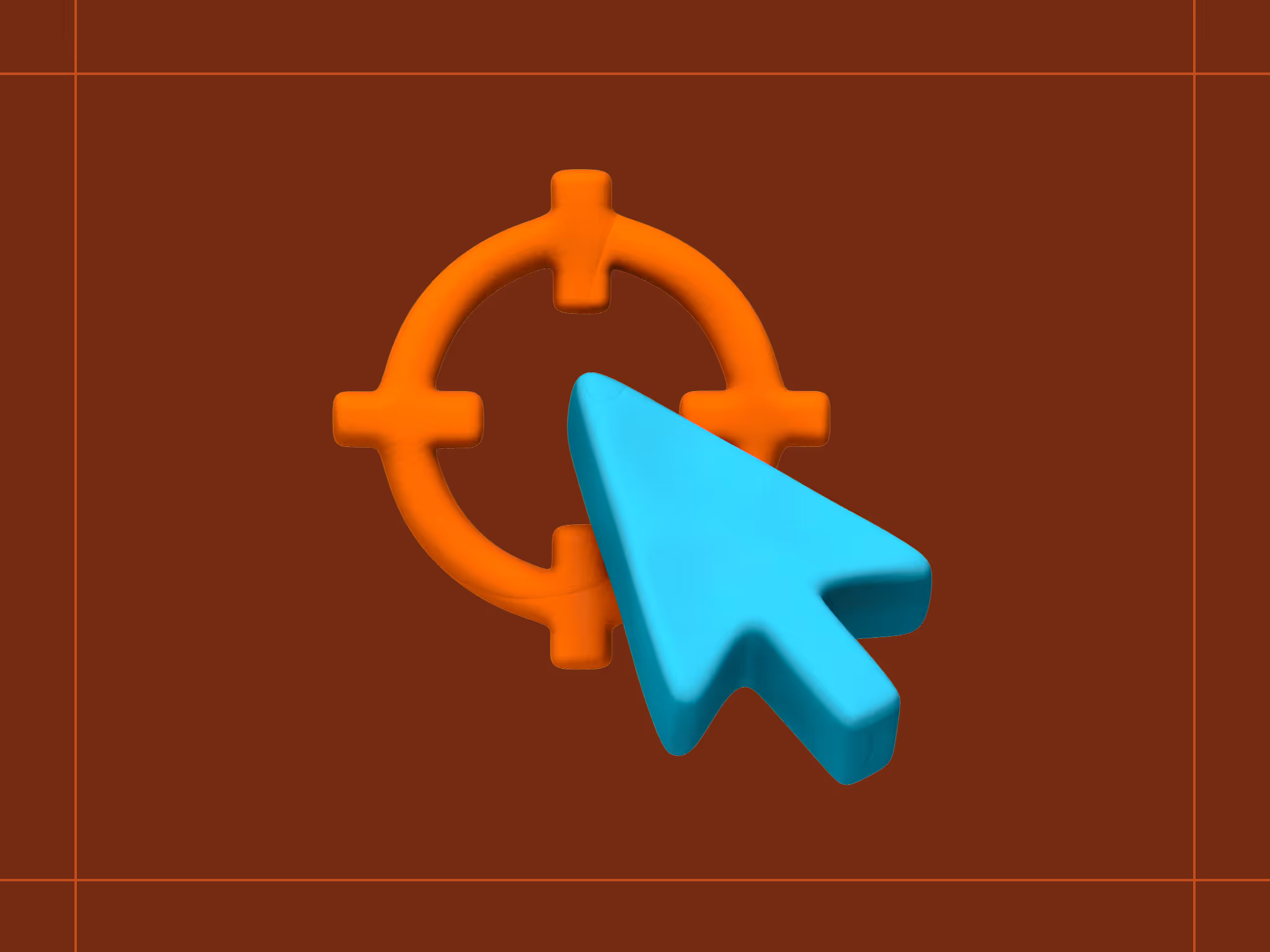
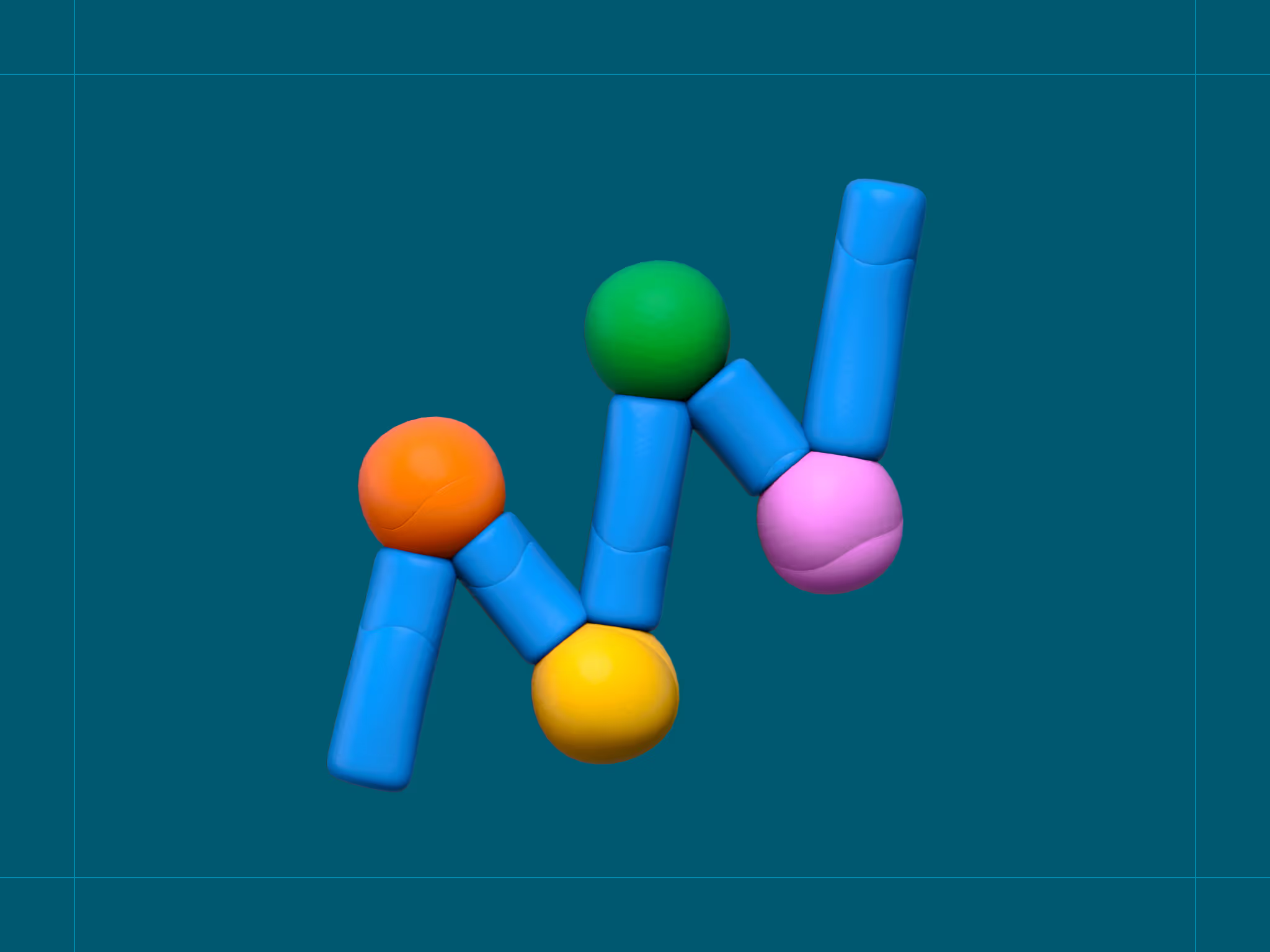
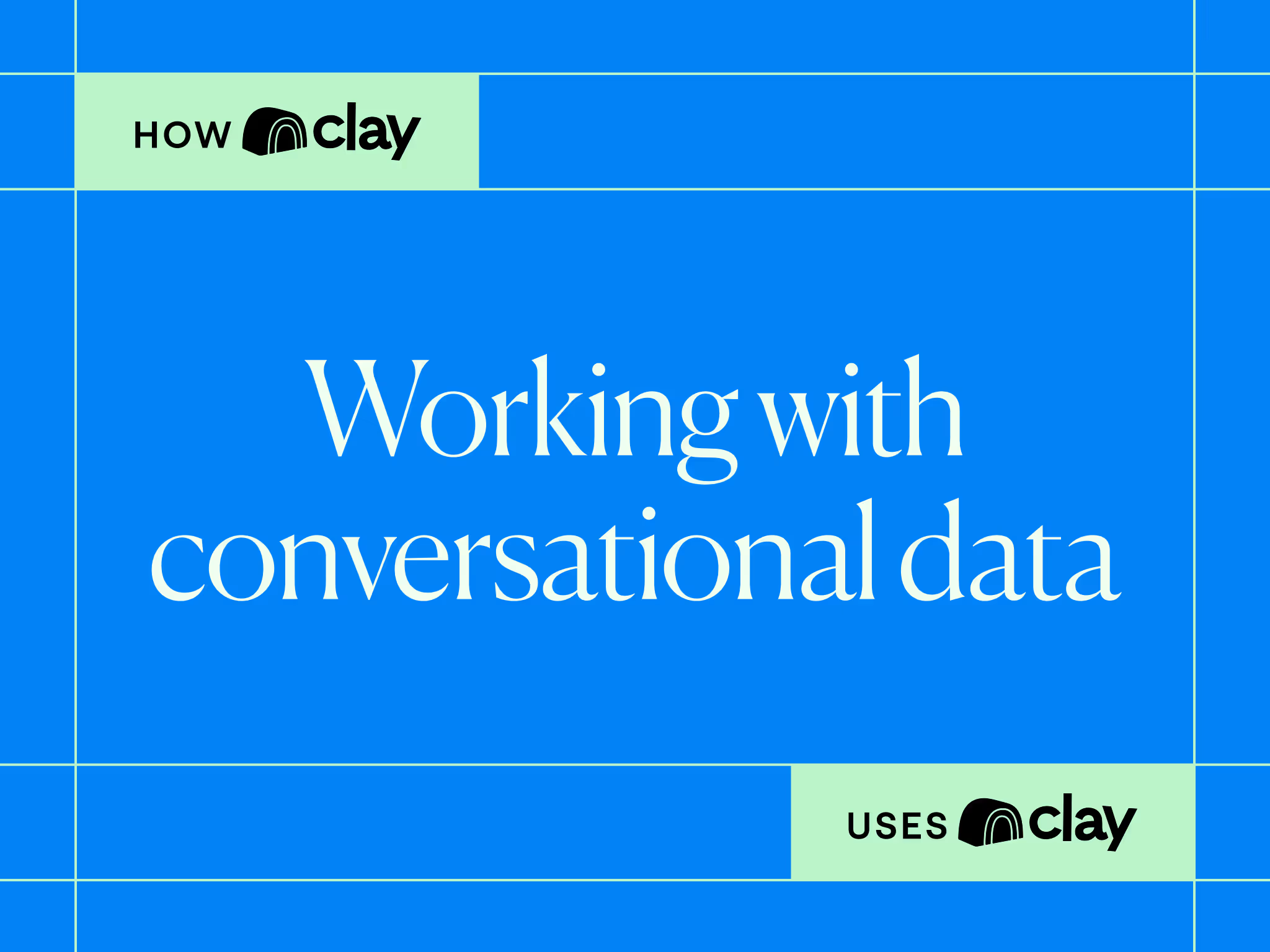
.avif)











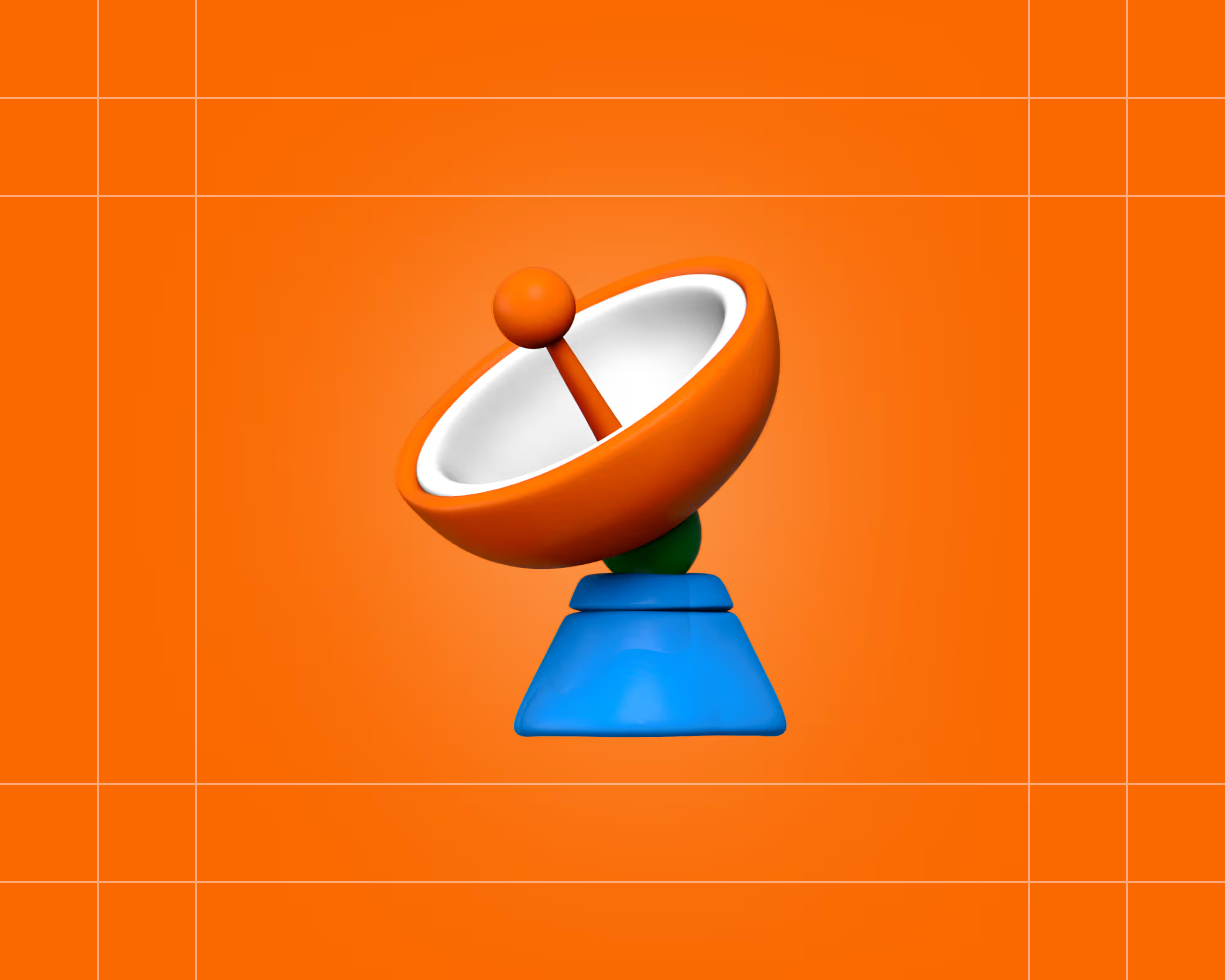

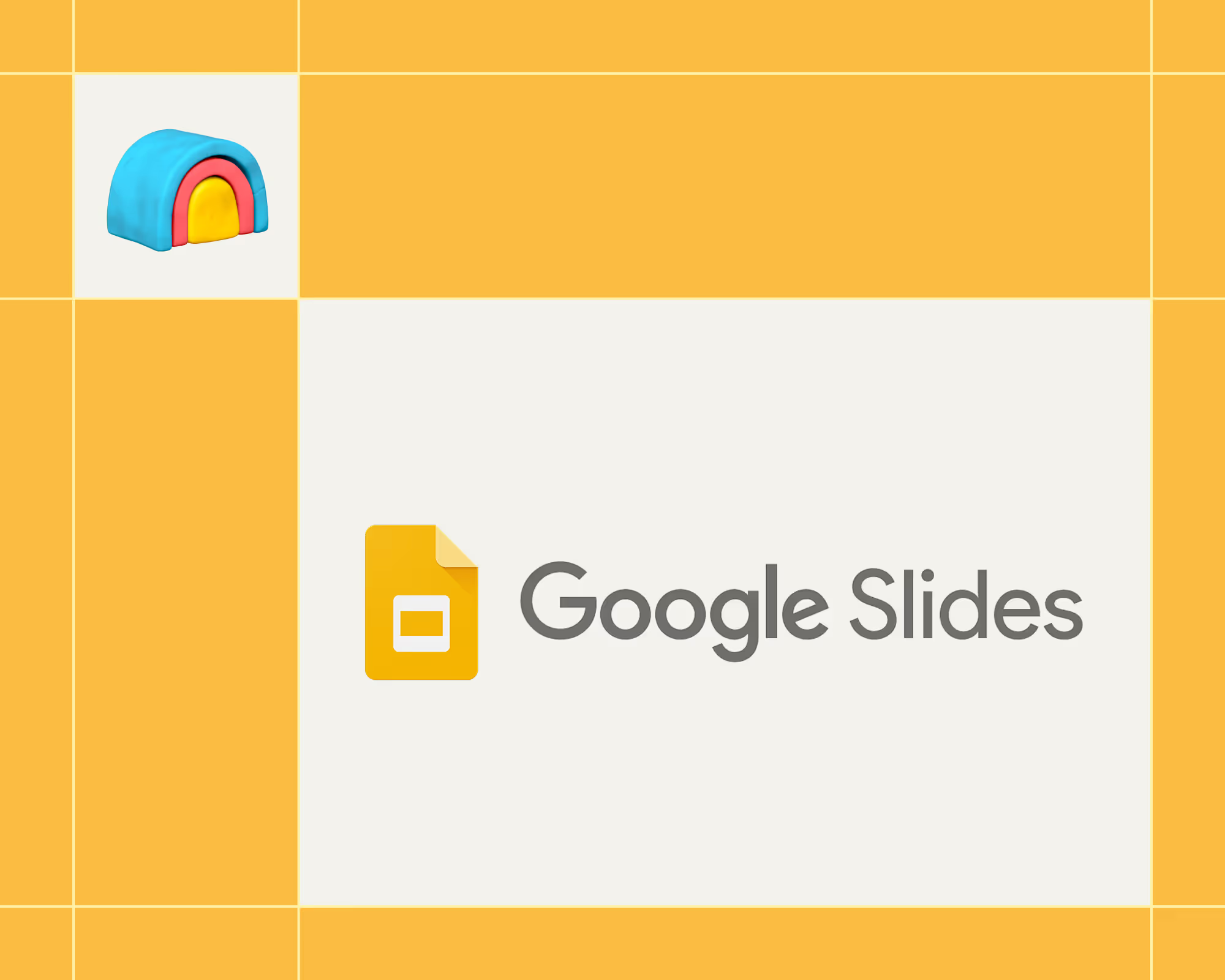
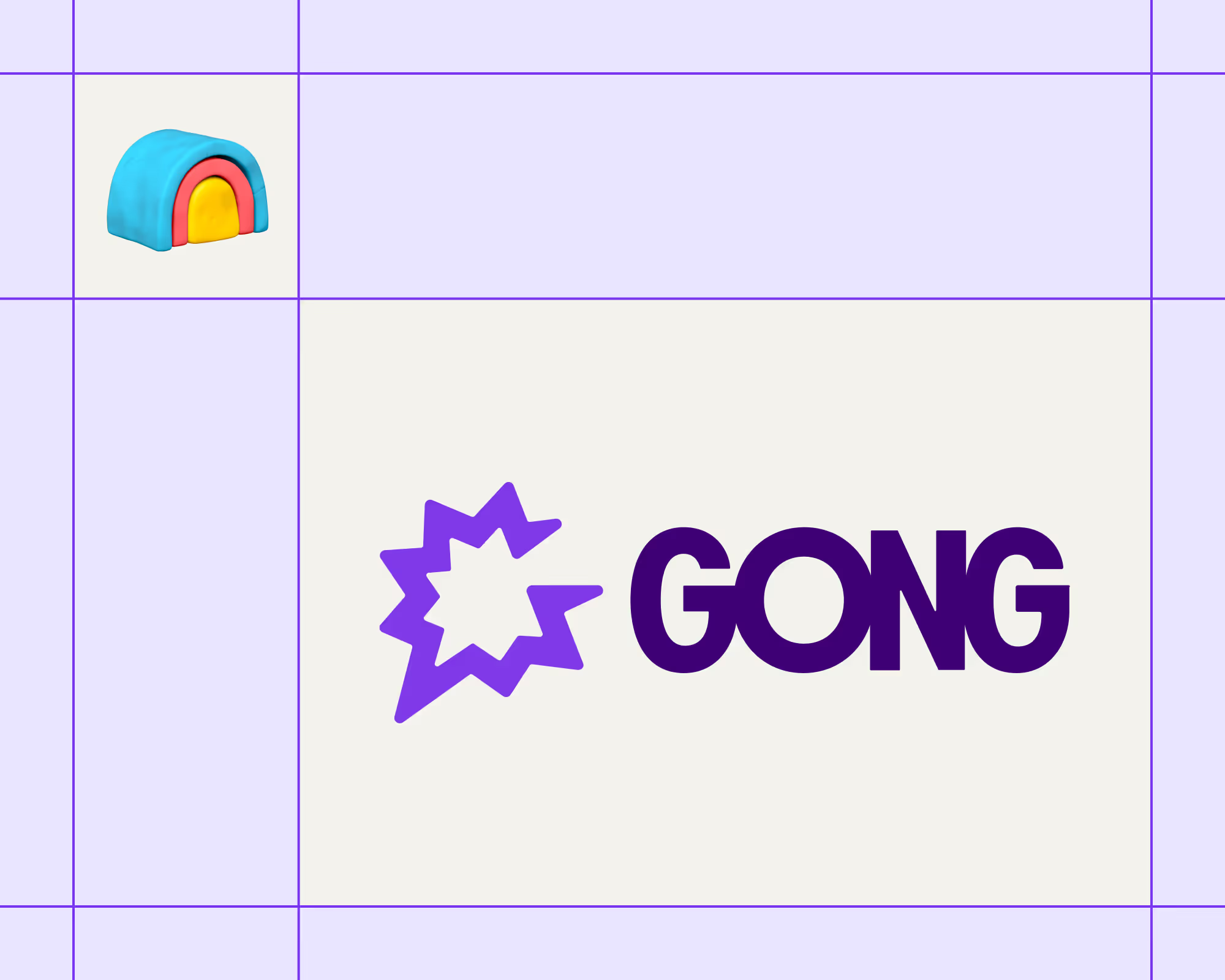

.avif)











.avif)
.avif)






















































